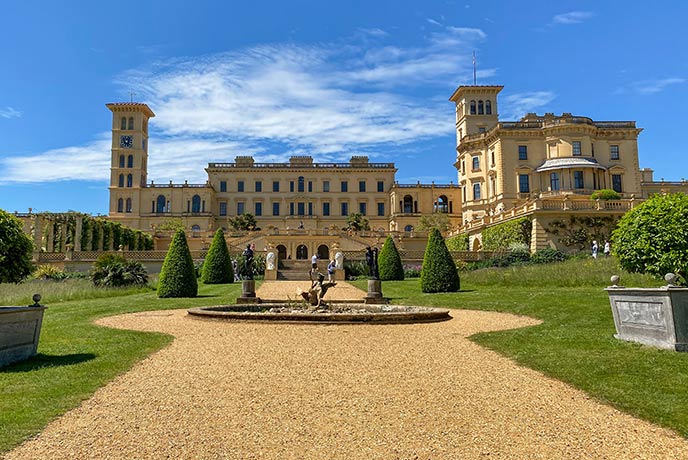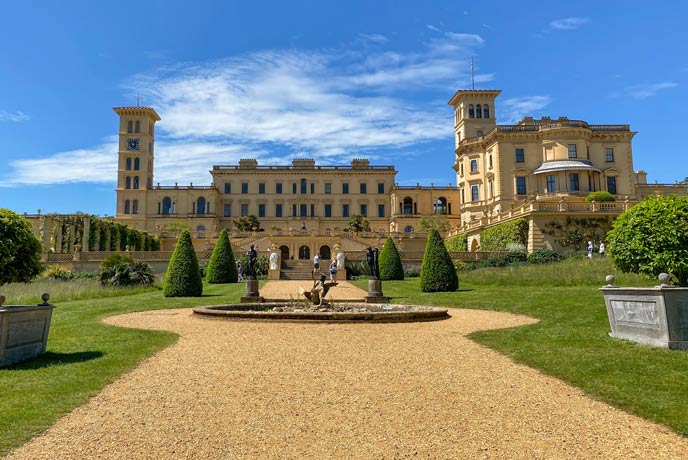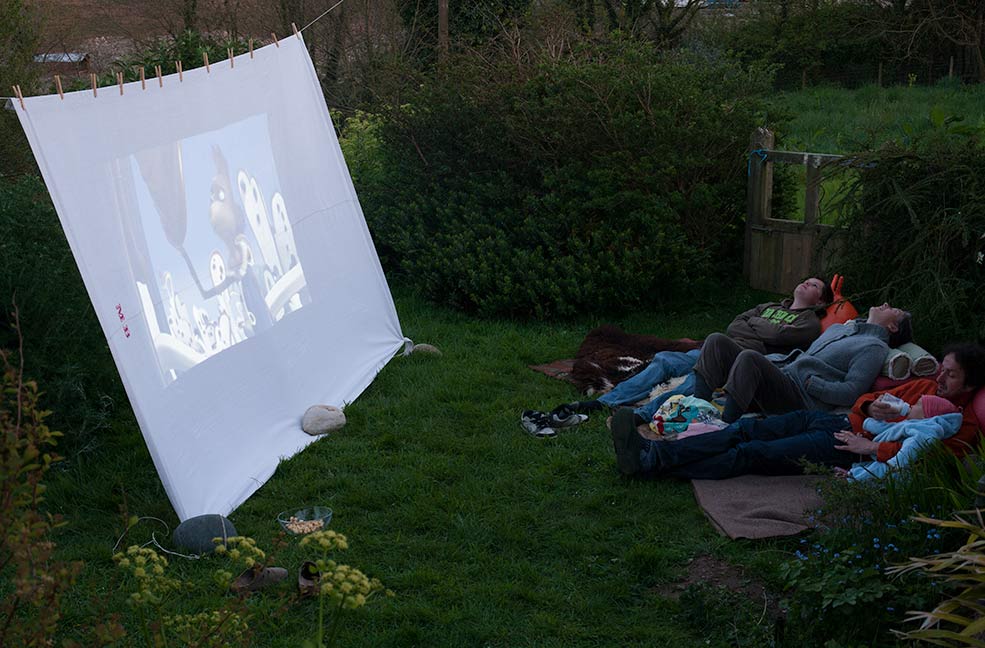The Isle of Wight has long been tied to the British royal family. Charles I was imprisoned in Carisbrooke Castle and Queen Victoria made the island her summer home, it later became her permanent home after the death of Prince Albert. Now the island appears on the silver screen in the new film, Victoria and Abdul, about Victoria’s friendship with an Indian servant, Abdul Karim, and her role as Empress of India.
The Isle of Wight is a short trip from London; travelling in the car you’ll make it in just over three hours, by the royal yacht in Victorian England you would manage to shave that down to about two and half hours. The island was the perfect destination for the royals to holiday because of this short trip. It was quickly decided as the perfect place to build the young Queen Victoria’s home on the Isle of Wight. See the Queen's later years come to life in Victoria and Abdul, a beautiful story about Victoria's unexpected friendship with her Indian servant, filmed on the island and featuring her actual home, Osborne House. Academy Award winner, Dame Judi Dench, returns to the role of Queen Victoria.
If you like your Queen Victoria facts, the Isle of Wight is full of them. From the private beach at Osborne House where all her children learned to swim to the ornate Durbar Wing that used traditional Indian techniques to decorate the lavish reception and dining room, all inspired by her role as Empress of India.
Explore the island for yourself in one of our Isle of Wight cottages.
Summer home
Osborne House, initially Victoria and Albert’s home for summer holidays on the Isle of Wight and eventually the Queen’s permanent home, is a beautiful Italian-inspired palace. Victoria once said “it would be impossible to imagine a prettier spot” than Osborne House on the Isle of Wight. The view from the palace reminded the royal couple of the Bay of Naples and therefore inspired the Italian towers and terraces at Osborne. They built their home to make the most of this view. Albert designed the building while developing Balmoral and continuing his Royal duties so it must have been a true labour of love.
The home was adapted as the Royal family grew and blossomed. Added extras included a Swiss Cottage on the estate for the children to play, space for museums and even a model farm at the neighbouring Barton Manor estate.
Stay on this pretty estate with Royal ties through Classic Cottages.
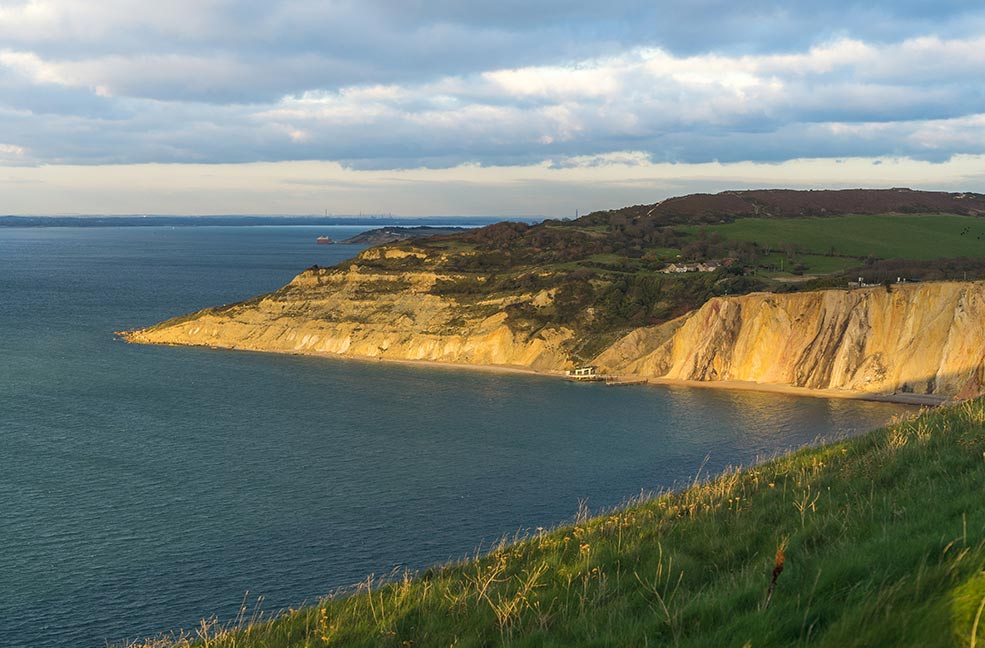
The death of a prince
When Prince Albert died suddenly in 1861, Queen Victoria went into a long period of mourning. For the rest of her reign she vowed to wear black in remembrance of her husband. It drastically transformed the Queen into the staunch, prude figure we very much associate with her. In this difficult time, Victoria found solace on the Isle of Wight. She moved there permanently and conducted state business from the grand rooms at Osborne House.
Victoria’s love for the island was soon discovered by the British public and her influence made this beautiful isle a classic Victorian England holiday destination. You can still see the Victorian architecture in buildings and structures across the Isle of Wight, especially in the long promenades by the beaches of the south coast.
Indian connections
Queen Victoria adopted the title of Empress of India from 1st May 1876. The Queen never visited India while holding this title but had a growing interest in the country, it’s culture and languages. After eleven years as Empress of India, Victoria decided to employ Indian servants. Abdul Karim was the first of these servants. They struck up an unlikely friendship and he quickly became one of the Queen’s close confidants, eventually being named her Indian Secretary.
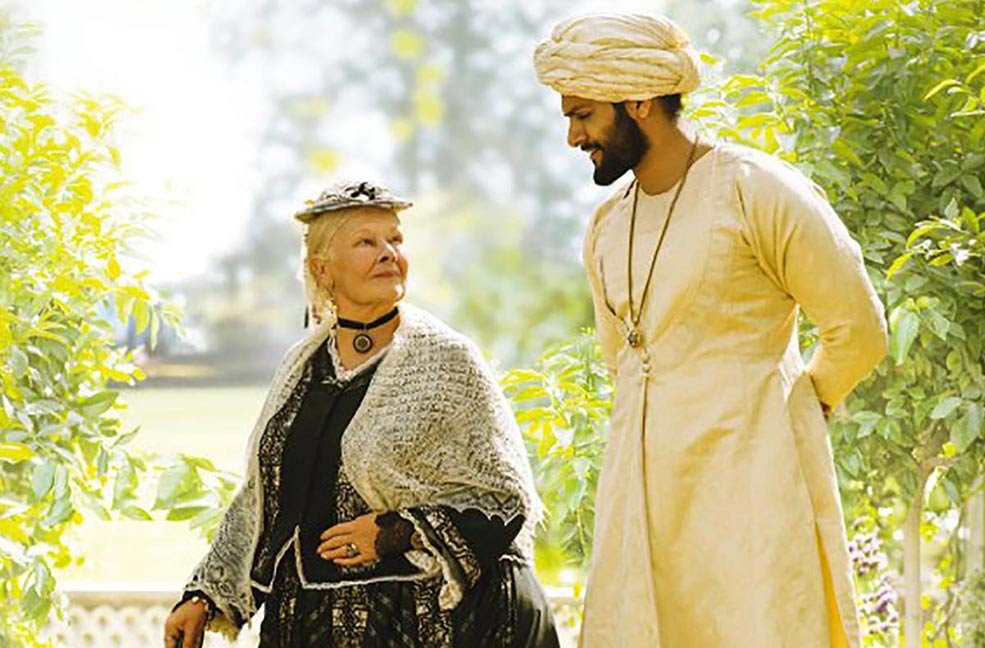
Abdul taught the Queen about the cultures and customs of India, including the Urdu language. Their friendship caused turmoil in the Royal household but Victoria defended her friend against this opposition. Abdul’s teachings brought out the Queen’s curiosity in India so much so that an entire wing in Osborne House was decorated in a traditional Indian style. The Durbar Wing was built to receive visiting guests to the house, this part of the house was completed in 1892. The Durbar Room is still in tact today and can be seen on an English Heritage tour around the house. It was used as a reception and dining room and is covered in beautiful, intricate Indian patterns and designs. So as not to disregard any part of her Indian kingdom, the patterns take inspiration from designs from across the nation.
Victoria and Abdul, starring Dame Judi Dench, is in cinemas from 15th September. See Osborne House and the Isle of Wight in all its glory on your next holiday.


